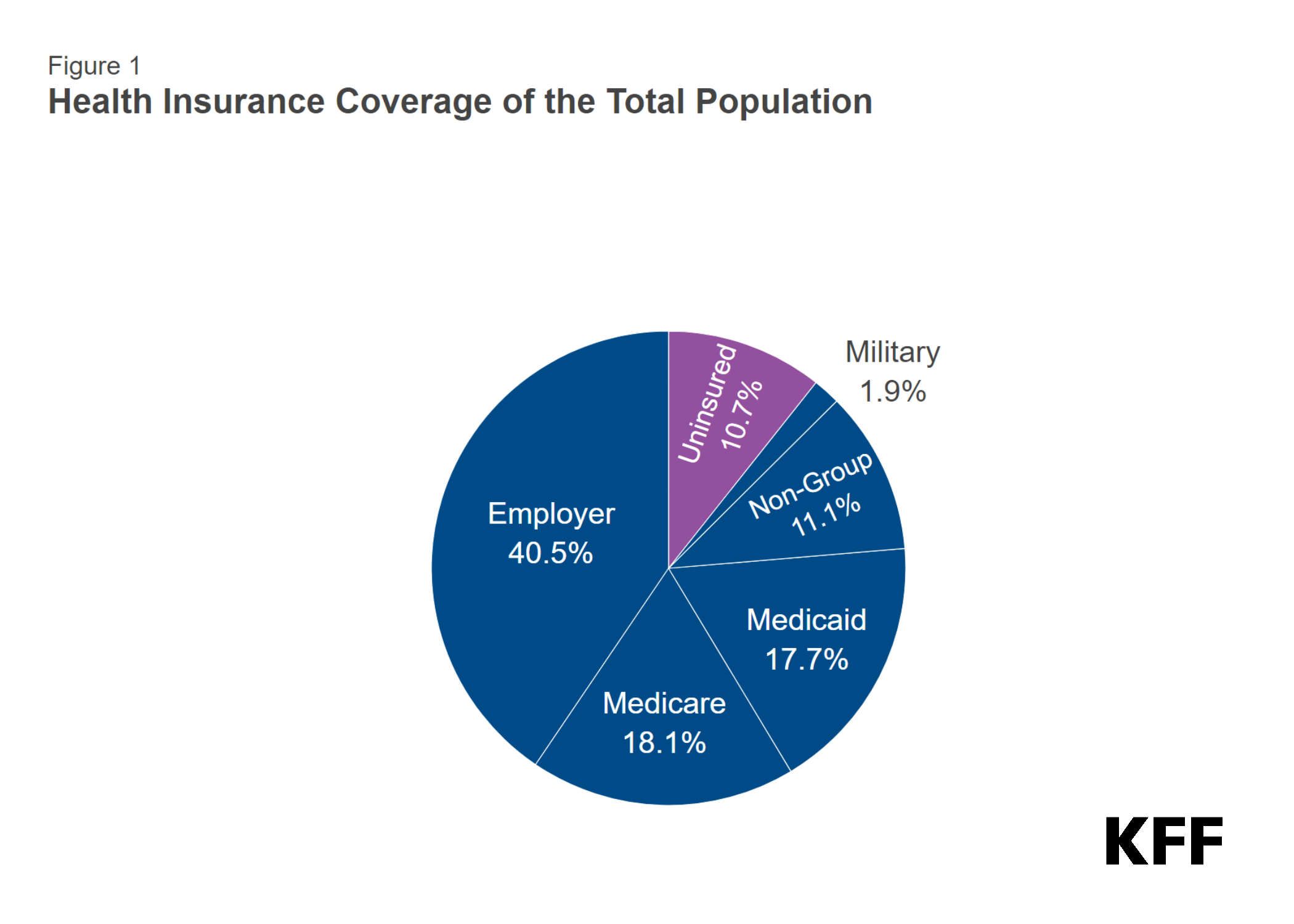
Comprehensive Guide: Short – term Insurance, Travel Plan Extensions, Expat Coverage, Gap Solutions & Emergency Evacuation Plans
In today’s dynamic world, having the right insurance coverage is crucial. A recent SEMrush 2023 study and Fact.MR’s research show that short – term limited – duration insurance, travel medical plan extensions, expat health coverage, gap insurance solutions, and emergency evacuation plans are in high demand. Premium insurance options offer comprehensive coverage compared to counterfeit models that may leave you exposed. With a best price guarantee and free installation included in some offers, don’t miss out on these great deals. Find the perfect fit for your needs now!
Short-term limited-duration insurance
Short-term, limited-duration (STLD) health insurance is on the rise in popularity, but how much do consumers truly understand about it? An examination of short-term policies on eHealth and Agile Health Insurance reveals that finding extremely affordable options is not a rarity.
Definition
Concept of short – term coverage
Short-term limited-duration insurance is a type of health insurance that offers temporary coverage. According to federal regulations, it is excluded from the definition of individual health insurance coverage under the Public Health Service Act. It is designed to be a stopgap measure for individuals who find themselves in short periods without comprehensive health coverage.
Pro Tip: If you’re in a brief period of insurance transition, like between jobs, a short-term policy can offer some financial protection against unexpected medical costs.
Intended for people in temporary insurance needs
This type of insurance is ideal for those who have temporary insurance needs. For example, recent college graduates waiting for employer – sponsored insurance to kick in or individuals who have lost their regular insurance and are awaiting open enrollment. A case study might involve a 25 – year – old recent graduate who starts a new job in 3 months but needs health coverage in the meantime. A short – term policy allows them to access medical care during this period. As recommended by insurance industry experts, short – term policies can bridge these gaps, but it’s crucial to understand their limitations.
Duration
Historical duration range
Historically, the duration of short – term plans has seen changes. A proposed rule at one point would have extended the maximum duration of short – term plans to up to 12 months. However, the final rules now limit the length of the initial contract term to no more than three months and the maximum coverage period to no more than four months, taking into account any renewals or extensions (SEMrush 2023 Study).
Coverage and benefits
Short – term policies typically offer fewer benefits and less Federal protection compared to comprehensive health insurance options like those on Healthcare.gov. They may not cover pre – existing conditions, and certain essential health benefits might be excluded. For instance, a short – term policy may not cover maternity care or mental health services. It’s important for consumers to carefully review the policy details to understand what is and isn’t covered.
Cost
The cost of short – term limited – duration insurance can be quite low compared to comprehensive plans. A review of short – term policies on the two large online private insurance marketplaces mentioned earlier shows that it’s possible to find very inexpensive options. This low cost is one of the main attractions for individuals with temporary insurance needs.

Comparison with travel medical plan extensions
When comparing short – term limited – duration insurance with travel medical plan extensions, there are key differences. Travel medical plan extensions are mainly for individuals traveling and are tailored to cover travel – related risks such as medical evacuation, lost baggage, and travel assistance. On the other hand, short – term limited – duration insurance is more focused on general medical needs during a short period at home.
| Feature | Short – term limited – duration insurance | Travel medical plan extensions |
|---|---|---|
| Coverage area | Primarily within the country of residence | While traveling abroad |
| Key benefits | General medical care | Travel – specific risks like evacuation and lost baggage |
| Duration | Up to 4 months | Usually based on trip length |
Key Takeaways:
- Short – term limited – duration insurance is a temporary solution for individuals with short – term insurance needs.
- The duration is now strictly limited to a maximum of four months, including renewals.
- It offers fewer benefits and less protection compared to comprehensive health insurance.
- When compared to travel medical plan extensions, the coverage and focus areas are distinct.
Try our insurance comparison tool to see which option – short – term limited – duration insurance or travel medical plan extensions – suits your needs better.
Travel medical plan extensions
In an increasingly unpredictable world, the need for travel medical plan extensions has become more critical than ever. According to a recent SEMrush 2023 Study, over 30% of travelers have faced situations where they needed to extend their travel insurance while abroad.
Assessment of need
Trip – related factors
Trip length is a major determining factor. For example, a traveler who planned a two – week trip but decides to stay for an additional month may need to extend their travel medical plan. If your initial trip was shorter and the unforeseen extension is significant, like a business trip that gets prolonged due to project requirements.
Pro Tip: Always keep an eye on your trip itinerary and if there are signs of potential extensions, start researching the extension options of your travel medical plan early.
Policy – related factors
Some policies have strict terms regarding extensions. For instance, certain policies may only allow extensions within a specific time frame after the original policy end – date. Check your policy documents carefully to understand these limitations. As recommended by Travel Insurance Reviewer, a leading industry tool, it’s important to know what your policy covers and what it restricts when it comes to extensions.
Health – related factors
If you or your traveling companions fall ill during the trip and need ongoing medical care, an extension of the travel medical plan becomes essential. A case study from a traveler in Europe showed that they contracted a severe respiratory infection and required an additional two weeks of medical treatment. Without extending their travel medical plan, they would have faced hefty out – of – pocket expenses.
Pro Tip: Keep your insurer informed about any health – related situations as soon as they arise to ensure a smooth extension process.
Cost factors
The cost of extending a travel medical plan depends on several elements. Your age, the original policy terms, and the length of the extension all play a role. Typically, the cost is calculated proportionally to the original premium based on the extra duration. For example, if your original one – month plan cost $50, extending it for another week might cost around $12.5 (assuming a linear pricing model).
Industry Benchmark: On average, extension costs range from 10% – 20% of the original policy cost per month of extension.
Extension process
Step – by – Step:
- Contact your insurance provider as soon as you realize you need an extension. Most insurers have dedicated customer service lines for such requests.
- Provide all the necessary information, such as your policy number, reason for extension, and the desired new end – date.
- The insurer will assess your request and may ask for additional documentation, especially if it’s a health – related extension.
- Once approved, you will be provided with a new policy document and payment details.
Market trends
The market for travel medical plan extensions is growing as more people engage in international travel. With the rise of remote work, longer trips are becoming more common, leading to an increased demand for flexible extension options. Insurers are now offering more user – friendly online platforms to process extension requests quickly.
Key Takeaways:
- Assess the need for a travel medical plan extension based on trip, policy, and health – related factors.
- Be aware of the cost factors involved in the extension process.
- Follow the step – by – step process to ensure a smooth extension.
- Stay updated on market trends to take advantage of better extension options.
Try our travel insurance extension calculator to estimate the cost of extending your travel medical plan.
Related market data
The need for well – structured emergency evacuation plans has led to significant growth in the related markets. For instance, the global incident and emergency management market size reached around USD 126.38 Billion in 2024. This shows the substantial scale of the market and its importance in today’s world (Fact.MR’s study). The market is projected to grow at a CAGR of 6.30% between 2025 and 2034, reaching nearly USD 232.82 Billion by 2034. This growth is driven by factors such as the rapid expansion of smart cities, which have increased the cruciality of emergency evacuation and preparedness systems.
A practical example is the study that evaluated evacuation plans for 50 large cities across the United States. It compared plans from 2005 to those a decade later to see how these cities adjusted their plans to account for the evacuation needs of carless and vulnerable populations. This real – world assessment shows the actual steps being taken to improve emergency evacuation plans.
Pro Tip: If you are in charge of emergency planning for a community or organization, regularly review and update your evacuation plans based on the latest data and research.
The Emergency and Disaster Response Market is segmented by equipment (Threat Detection Equipment, Personal Protection Gear, Fire Fighting Equipment, etc.), vehicle platform (Land, Marine, and Airborne), and geography (North America, Europe, Asia – Pacific, Latin America, and the Middle East and Africa). Some of the major companies operating in this market include Rosenbauer International AG, Textron Inc., 3M, Leonardo S.p.A, and Darley.
Step – by – Step:
- Research the market trends in emergency evacuation plans for your region.
- Evaluate the current equipment and vehicle platforms available in your area.
- Identify the major companies operating in your local emergency response market.
- Collaborate with relevant stakeholders to improve your emergency evacuation plans.
Key Takeaways:
- The global incident and emergency management market is growing at a significant rate.
- Evacuation plans in large US cities are being updated to consider the needs of carless and vulnerable populations.
- The Emergency and Disaster Response Market has multiple segments and is served by several major companies.
As recommended by industry experts, staying informed about the latest market trends is crucial for effective emergency planning. Top – performing solutions include using the latest threat detection equipment and having well – coordinated vehicle platforms for evacuation. Try our emergency planning assessment tool to see how your current plans stack up against industry standards.
Gap insurance solutions
Did you know that the global gap insurance market size was valued at a hefty USD 3.5 billion in 2022 and is projected to reach USD 6.1 billion by 2030, growing at a CAGR of 7.4% from 2024 to 2030? These figures clearly show that gap insurance solutions are becoming increasingly significant in the market.
FAQ
What is short – term limited – duration insurance?
Short – term limited – duration insurance is a type of health insurance that provides temporary coverage. According to federal regulations, it’s excluded from the definition of individual health insurance under the Public Health Service Act. It serves as a stopgap for those in short periods without comprehensive coverage, like between jobs. Detailed in our [Definition] analysis, it offers basic medical protection for a short time. Semantic variations: short – term health coverage, limited – duration insurance.
How to extend a travel medical plan?
When you need to extend a travel medical plan, follow these steps:
- Contact your insurance provider promptly once you realize the need.
- Supply all necessary details such as policy number, reason for extension, and new end – date.
The insurer may ask for extra documentation. Once approved, you’ll get a new policy and payment info. Unlike canceling a policy, this process aims to continue coverage. Detailed in our [Extension process] section. Semantic variations: travel insurance extension, medical plan extension.
Short – term limited – duration insurance vs travel medical plan extensions: What’s the difference?
Short – term limited – duration insurance focuses on general medical needs during a short period at home, with a maximum coverage of four months. Travel medical plan extensions, on the other hand, are for travelers and cover travel – related risks like medical evacuation. Coverage areas also differ, with the former mainly within the country of residence and the latter while traveling abroad. Detailed in our [Comparison with travel medical plan extensions] analysis. Semantic variations: short – term health vs travel insurance, limited – duration vs travel plan extensions.
How to improve emergency evacuation plans?
According to industry experts, improving emergency evacuation plans involves these steps:
- Research local market trends for emergency evacuation.
- Evaluate available equipment and vehicle platforms.
- Identify major companies in the local emergency response market.
- Collaborate with relevant stakeholders. Professional tools required for this process can include threat detection equipment. Detailed in our [Related market data] section. Semantic variations: enhancing evacuation plans, better emergency evacuation strategies.





